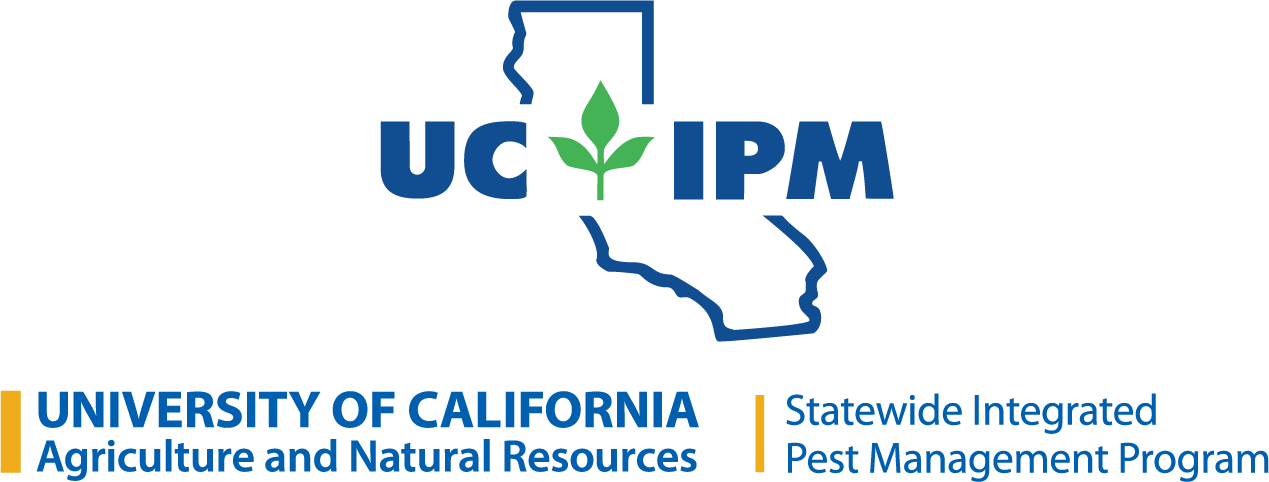A predator is an animal—such as an insect, spider, or even a cat—that attacks and feeds on other animals. In gardens and landscapes, we usually focus on predators of insect and mite pests and call these beneficial predators. Some beneficial predators are quite specialized and only feed on one or a few closely related species, whereas a general predator feeds on a wide variety of prey.
General predators are very important in landscapes that have many types of plants and pests. Because they eat a variety of insects and mites, general predators will often be present in the landscape before pests arrive and can immediately control the pests. Some common general predators are lady beetles, green lacewings, damsel bugs, assassin bugs, bigeyed bugs, minute pirate bugs, soldier beetles, ground beetles, and spiders.
Protect these beneficial predators or “natural enemies” by avoiding pesticides that kill them; choosing plants that provide them pollen, nectar, and shelter; and keeping ants out of pest-infested plants.



Read more about Biological Control and Natural Enemies of Invertebrates. See also the Natural Enemies Gallery and More biological control resources.
